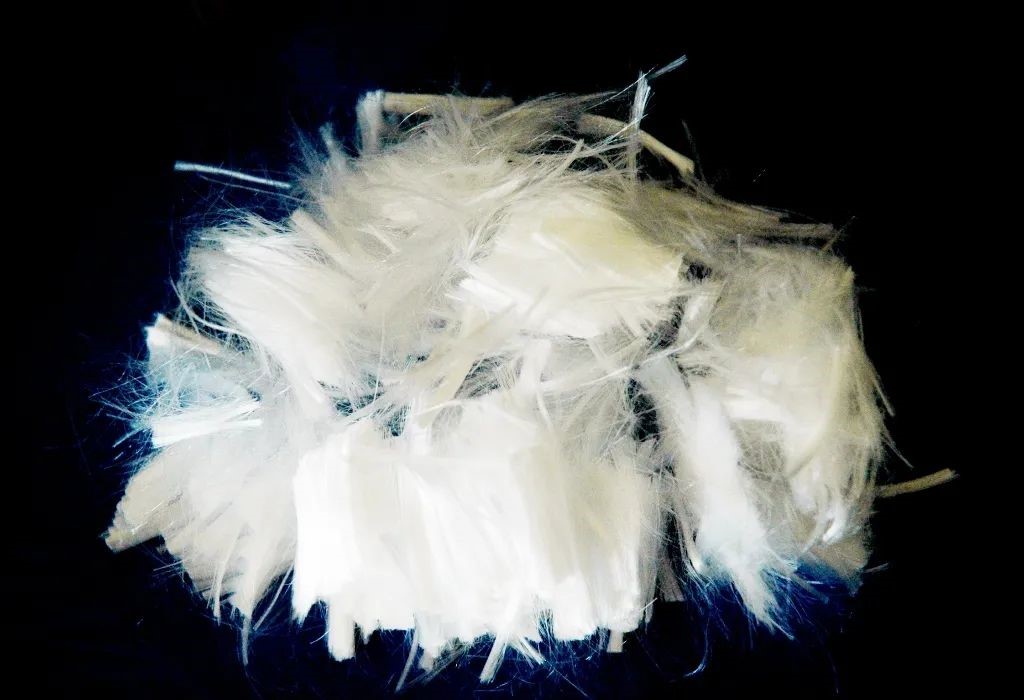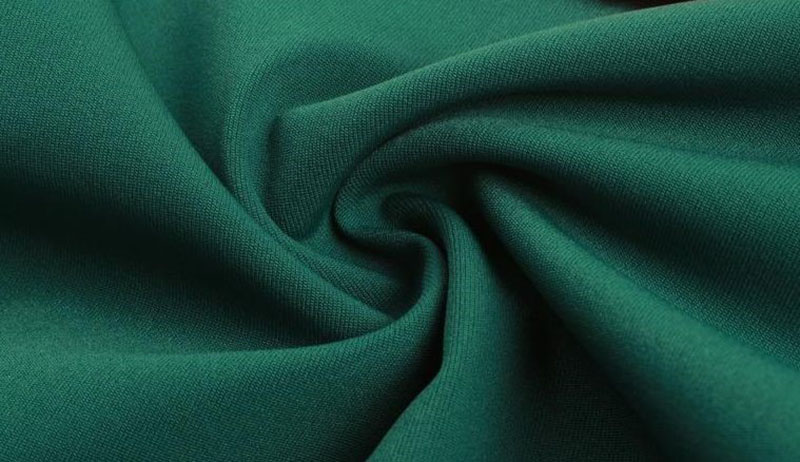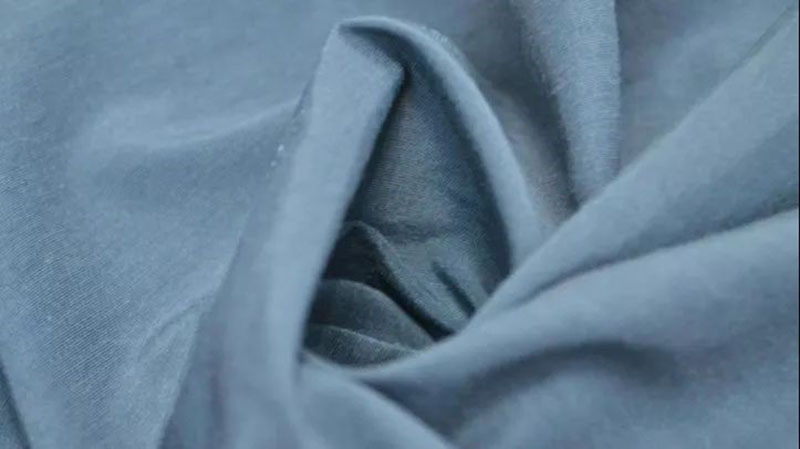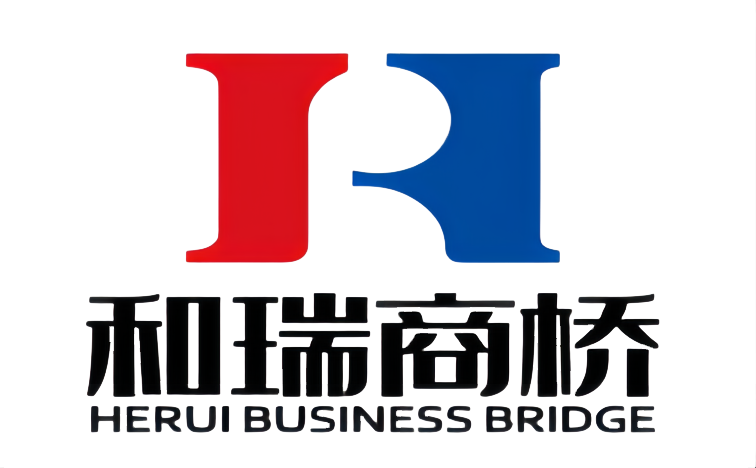News
-

African Print: Expression of African Free Identity
1963 – The Organization of African Unity (OAU) was established, and most parts of Africa gained independence. This day also became “Africa Liberation Day”. More than 50 years later, more and more African faces appear on the international stage, and the image of Africa is becomin...Read more -

African Prints in Contemporary Art
Many young designers and artists are exploring the historical ambiguity and cultural integration of African printing. Due to the mixture of foreign origin, Chinese manufacturing and precious African heritage, African printing perfectly represents what Kinshasa artist Eddy Kamuanga Ilunga calls &#...Read more -

Xinjiang cotton and Egyptian cotton
Xijiang Cotton Xinjiang cotton is mainly divided into fine staple cotton and long staple cotton, the difference between them is fineness and length; The length and fineness of long staple cotton must be better than that of fine staple cotton. Due to the weather and the concentration of production...Read more -

Key factors affecting cotton quality
Due to the differences in cotton varieties, growth environment, planting and harvesting methods, the cotton produced also has considerable differences in fiber characteristics and prices. Among them, the most critical factors affecting the quality are the fiber length of cotton and the harvesting...Read more -
Identification of warp, weft and appearance quality of textile fabrics
How to identify the positive and negative sides and the warp and weft directions of textile fabrics。 1. Identification of front and back sides of textile fabrics It can be roughly divided into identification according to the organizational structure of the textile fabric (plain, twill, satin), i...Read more -

How to identify the components of textile fabriSensory identificationcs?
1.Sensory identification (1) Main methods Eye observation: use the visual effect of the eyes to observe the luster, dyeing, roughness of the surface, and the appearance characteristics of the organization, grain and fiber. Hand touch: use the tactile effect of the hand to feel the hardness, smoot...Read more -
3D Air Mesh Fabric/Sandwich Mesh
What is 3D Air Mesh Fabric/Sandwich Mesh Fabric? Sandwich mesh is a synthetic fabric woven by warp knitting machine.Like the sandwich, the tricot fabric is composed of three layers, which is essentially a synthetic fabric, but it is not a sandwich fabric if any three kinds of fabrics are combined...Read more -
Velvet Fabric
What kind of fabric is velvet? The velvet material is very popular in the clothes and is very comfortable to wear, so it is loved by everyone, especially many silk stockings are velvet. Velvet is also called Zhangrong. In fact, velvet has been produced in large quantities as early as the Ming Dyn...Read more -

What is polyester fiber?
Nowadays, polyester fibers account for a large part of the clothing fabrics that people wear. In addition, there are acrylic fibers, nylon fibers, spandex, etc. Polyester fiber, commonly known as “polyester”, which was invented in 1941, is the largest variety of synthetic fibers. The ...Read more -
Yarn count and density of fabric
Yarn count Generally speaking, yarn count is a unit used to measure yarn thickness. The common yarn counts are 30, 40, 60, etc. The larger the number is, the thinner the yarn is, the smoother the texture of wool is, and the higher the grade is. However, there is no inevitable relationship between...Read more -

Characteristics and properties of nylon
Properties of nylon Strong, good wear resistance, home has the first fiber. Its abrasion resistance is 10 times that of cotton fiber, 10 times that of dry viscose fiber and 140 times that of wet fiber. Therefore, its durability is excellent. Nylon fabric has excellent elasticity and elastic recov...Read more -

Characteristics and properties of nylon fabric
Nylon fiber fabrics can be divided into three categories: pure, blended and interwoven fabrics, each of which contains many varieties. Nylon pure spinning fabric Various fabrics made of nylon silk, such as nylon taffeta, nylon crepe, etc. It is woven with nylon filament, so it is smooth, firm and...Read more









